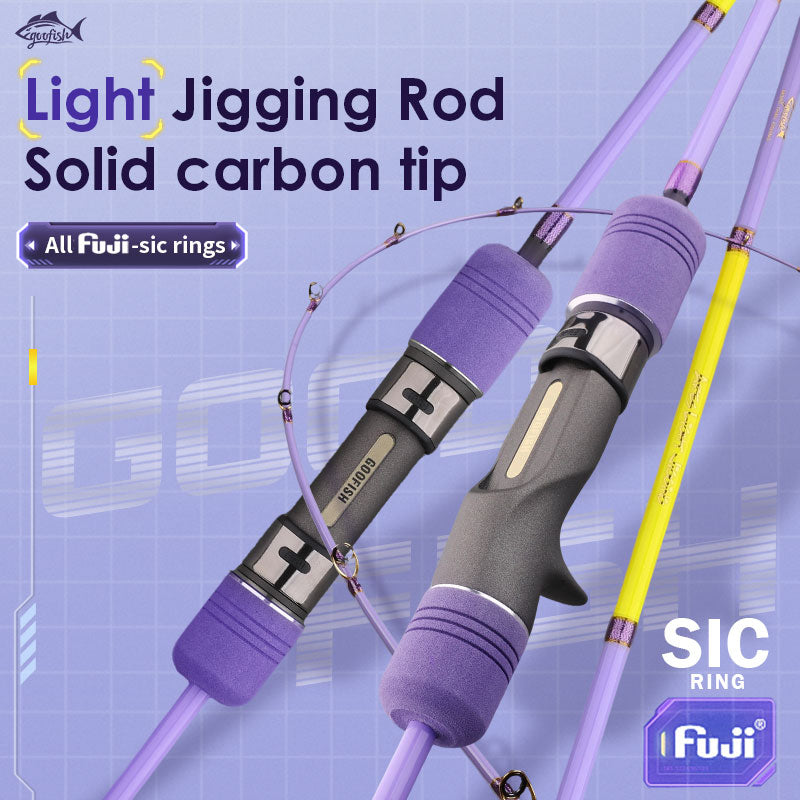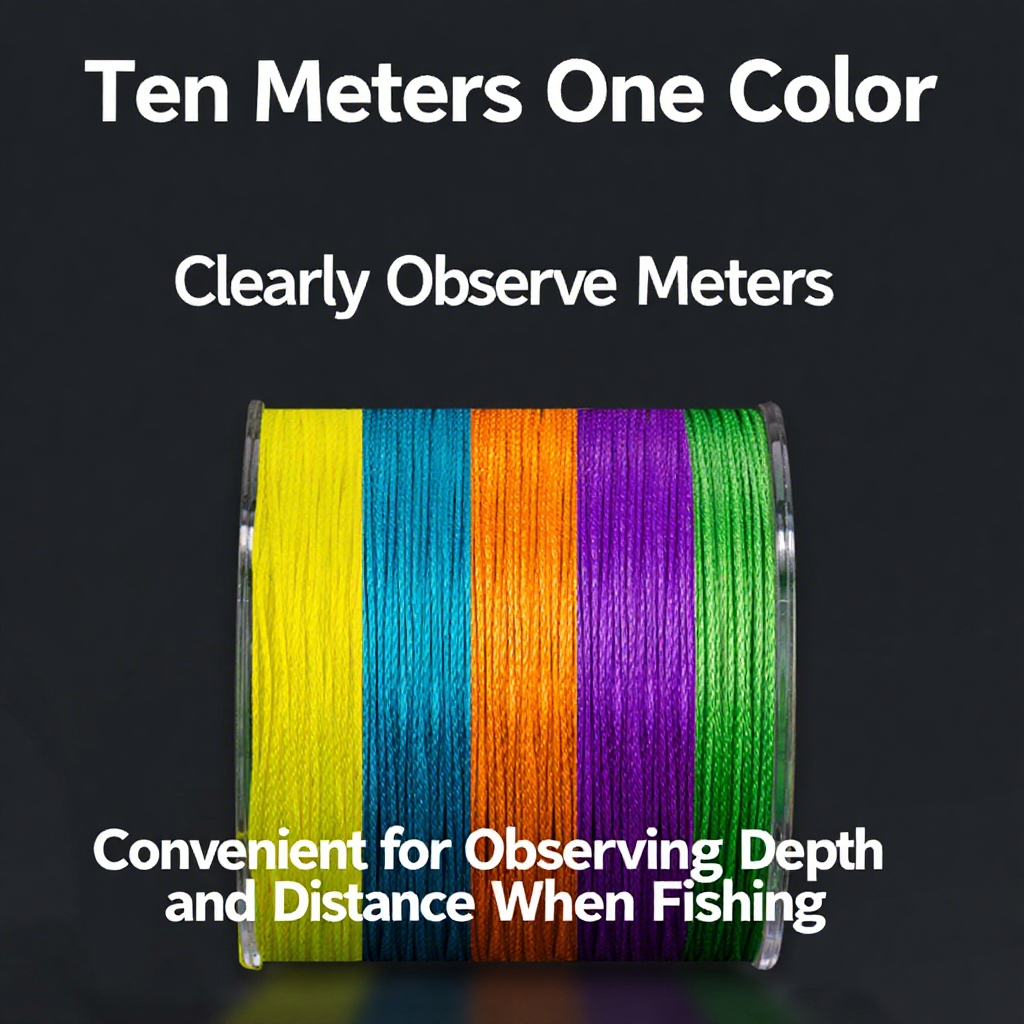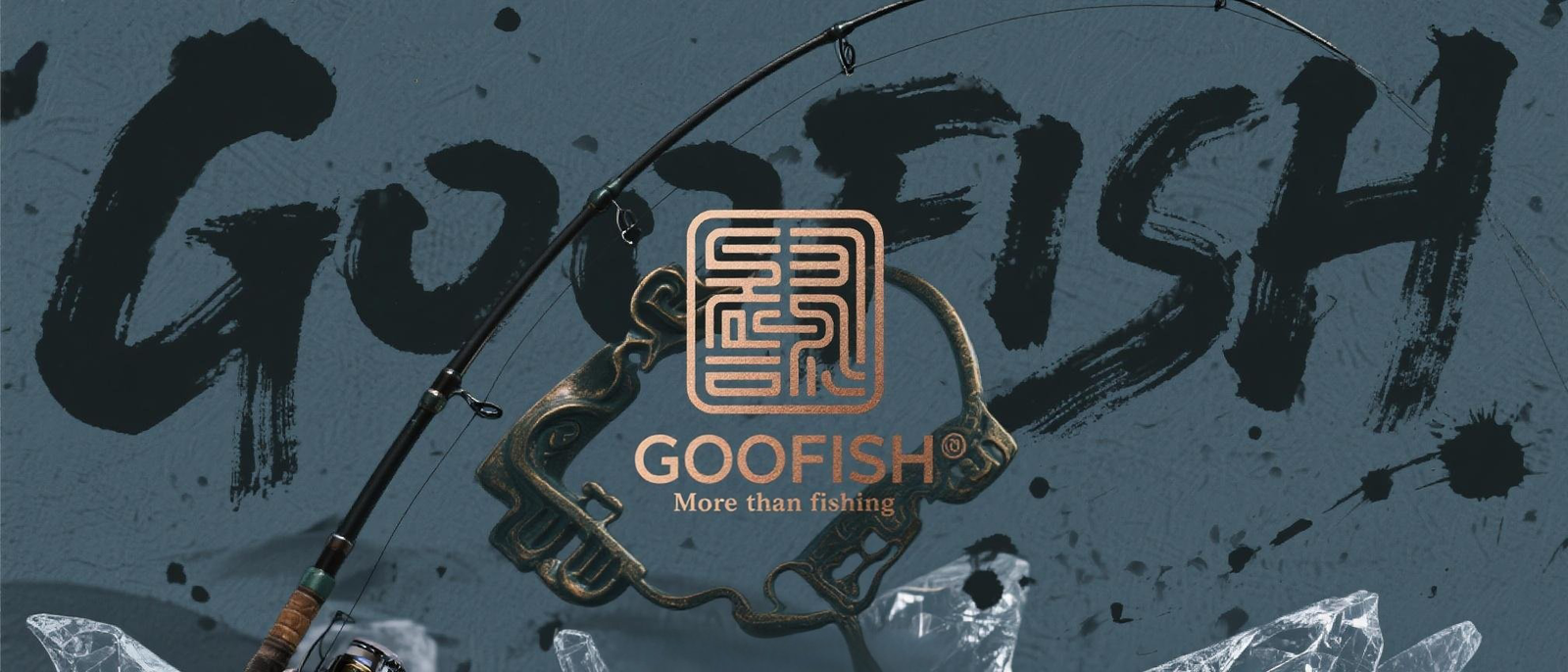Slow jigging fishing game is a popular fishing technique that requires patience, skill, and knowledge of the best seasons to maximize your catch. In the US, the success of slow jigging can vary depending on the time of year and location. Let's explore the best seasons for slow jigging in different regions of the country.
East Coast
On the East Coast of the US, the best seasons for slow jigging are typically spring and fall. During these seasons, the water temperatures are ideal for attracting a wide variety of fish species. In the spring, as the water begins to warm up, fish become more active and are more likely to respond to slow jigging techniques. Fall is also a great time for slow jigging as fish are feeding heavily in preparation for the winter months.
West Coast
On the West Coast, the best seasons for slow jigging can vary depending on the specific location. In general, however, the spring and summer months tend to be the most productive. During these seasons, many fish species are migrating along the coast, making it an excellent time to target them with slow jigging techniques. Additionally, the warmer water temperatures in the summer can lead to increased fish activity.
Gulf Coast
For anglers on the Gulf Coast, the best seasons for slow jigging are typically late spring through early fall. This region experiences warm water temperatures for much of the year, making slow jigging a viable technique even in the winter months. However, the peak seasons for slow jigging on the Gulf Coast are during the warmer months when fish are more active and abundant.
Great Lakes
In the Great Lakes region, the best seasons for slow jigging are often in the summer and early fall. As the water temperatures rise, fish in the Great Lakes become more active and are more likely to respond to slow jigging presentations. Additionally, the summer months offer longer days and more opportunities to get out on the water and target a variety of fish species.
Overall, the best seasons for slow jigging in the US vary depending on the region and the specific fish species you are targeting. By understanding the seasonal patterns of fish behavior and water temperatures in your area, you can increase your chances of success when slow jigging. Remember to always check local regulations and guidelines before heading out on the water, and enjoy the thrill of slow jigging in the best seasons for your region.











Leave a comment